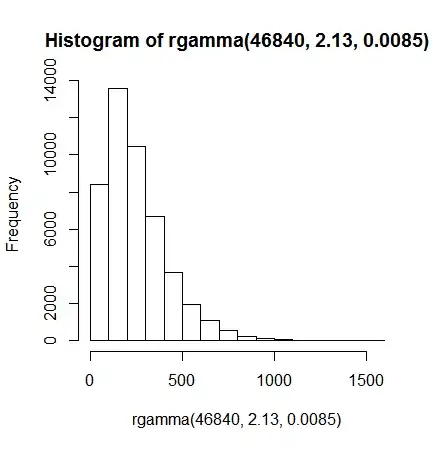Loosely speaking, it's apparently possible to compute any quantity which can be expressed "using only the integers 0 and 1 and the operations for addition, subtraction, multiplication, division, and square roots" with only a compass and ruler -- the wikipedia article on constructible numbers has more details. Since the slope of the OLS line definitely has such a closed form, we could deduce it's possible to construct the line.
As someone who isn't an expert in compass and ruler constructions, I found this a bit unbelievable, so I gave it a try myself: the green line is the OLS fit for the three blue points, not fitting an intercept for simplicity.
You can play around with it here for yourself and drag around the blue points a bit.

Here's roughly how the construction went: it turns out you can multiply two numbers by constructing similar triangles. So for each of the three (x,y) points, I computed x^2 on the x-axis and xy on the y-axis (shown in red). Then I simply added up all the x^2's and xy's to get the green point in the top right which defines the OLS line.
